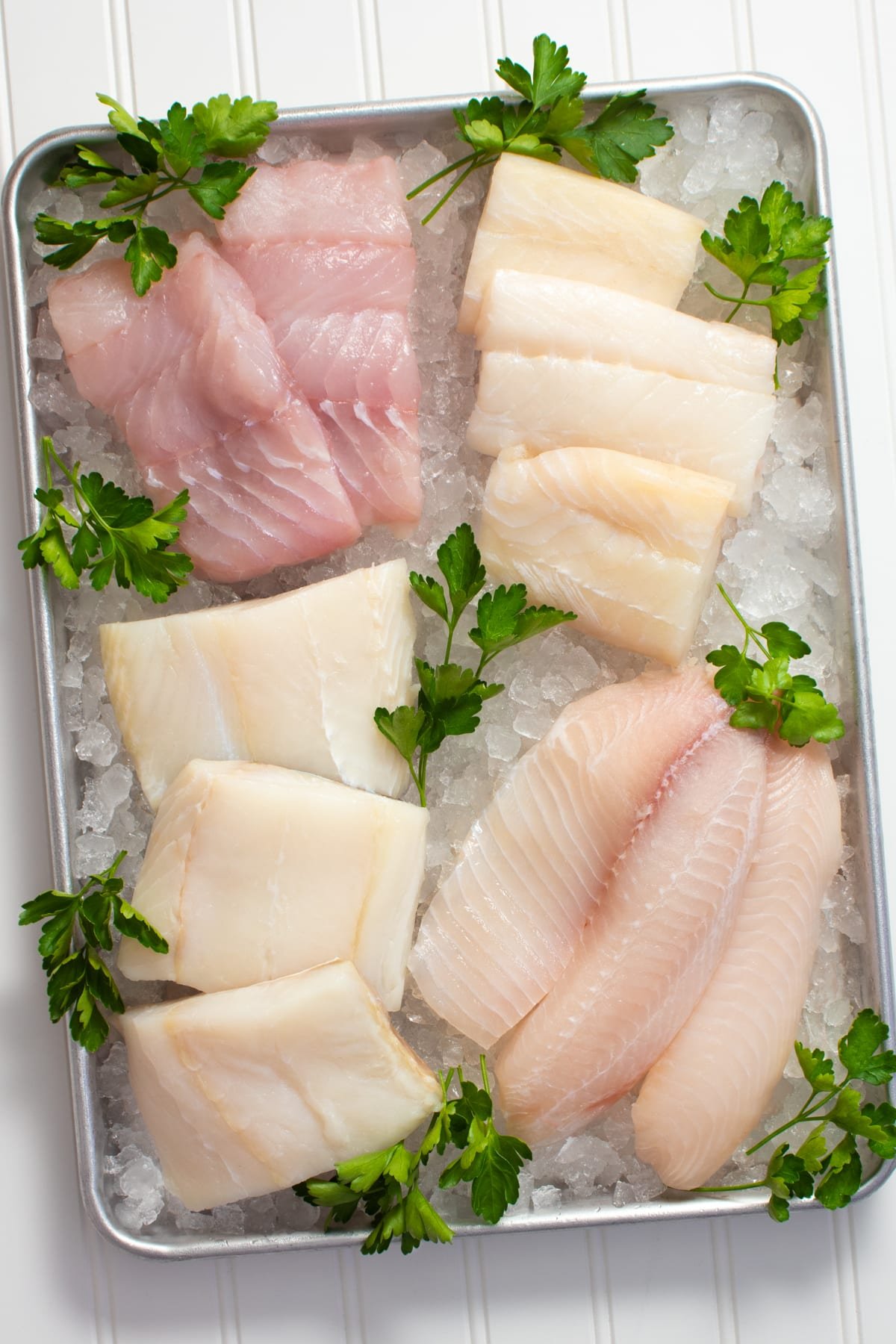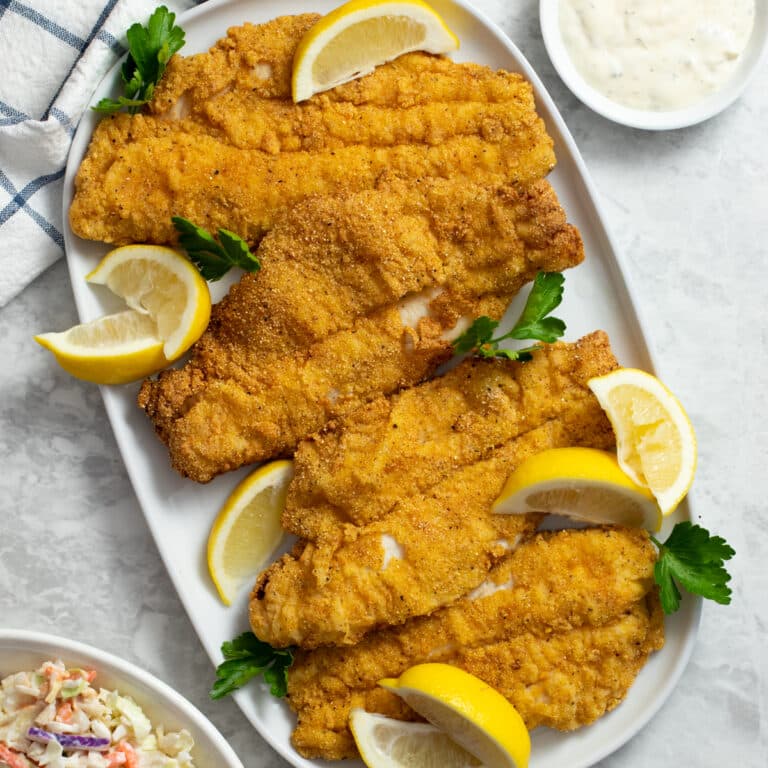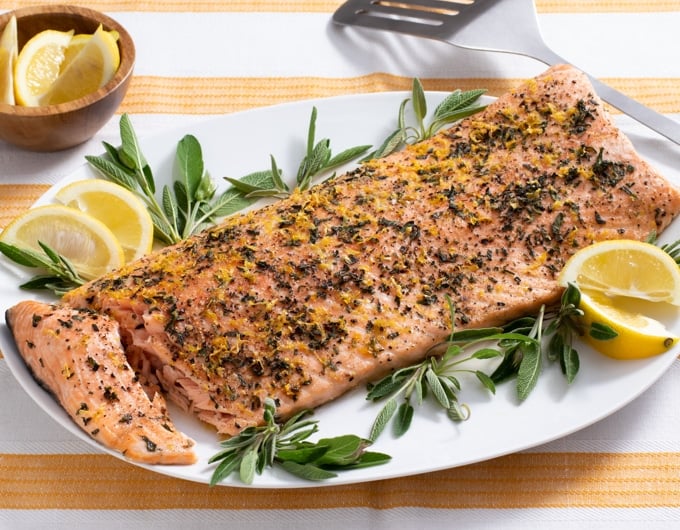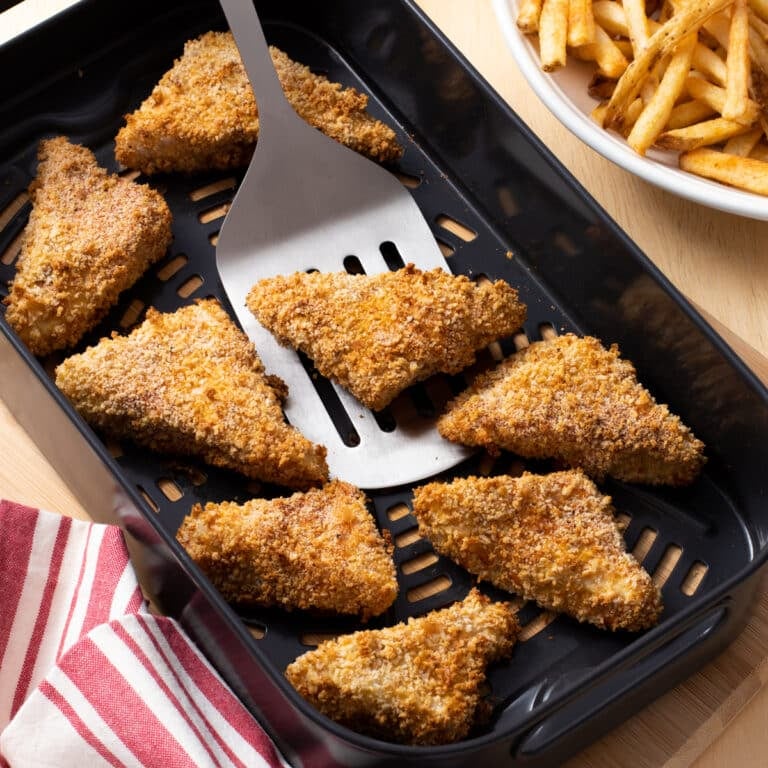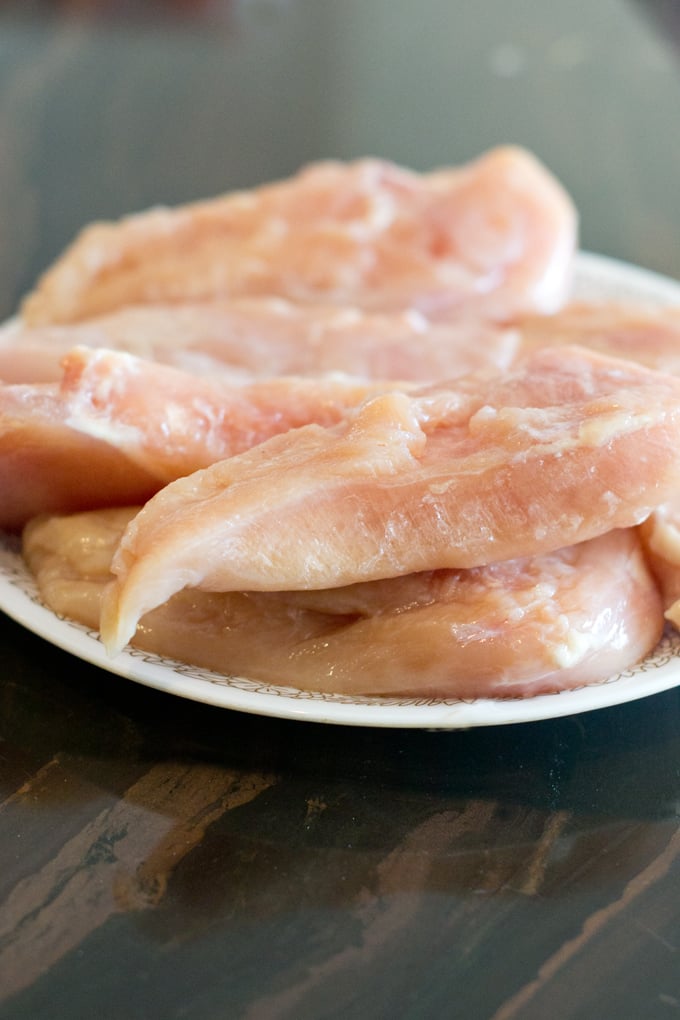How to Choose Fish Fillets
Confused when you have to buy fish? Learn all about choosing the best possible fish fillets so you end up with the best fish dinner!
I sort of think there are two kinds of people in the world. People who know and love fish and cook it often. And people who want to know and love fish but are a little daunted by it. There are so many types and so many ways it can turn out, let’s face it, less than ideal.
But I’m here to tell you that no matter which group you’re in, delicious fish dishes are not that hard to come by. And they all start with good fish.
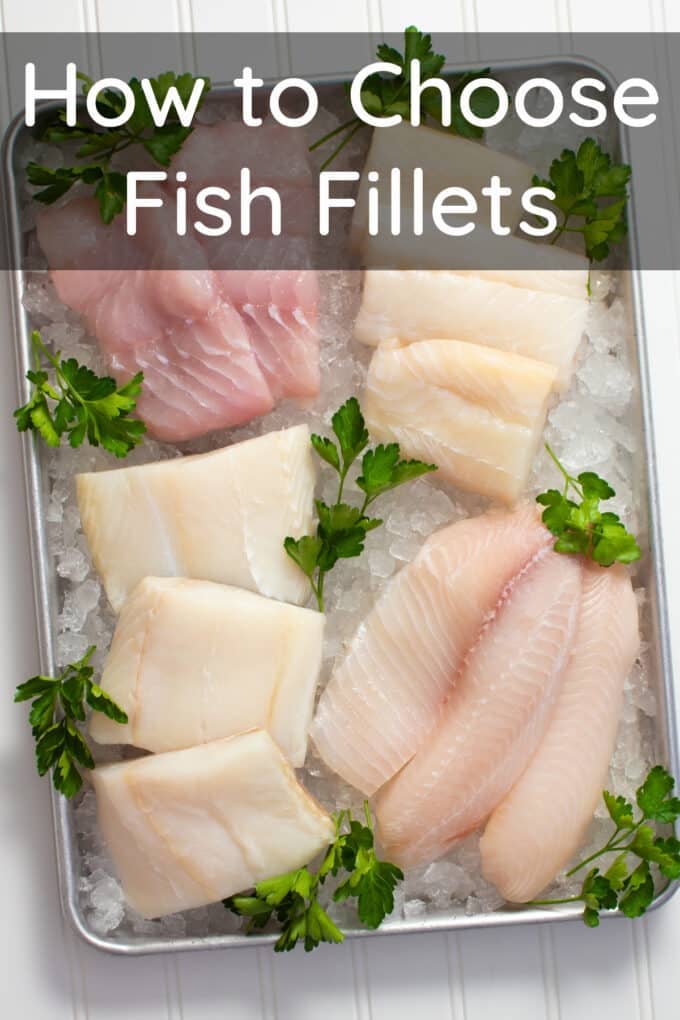
Where To Get Good Fish
Fish is delicate and the longer it’s out of the water, the more it deteriorates. So the best strategy for good fish is to get it as close to the source as possible. That could be a dock sale situation if you’re lucky enough to live near the water. But most of us don’t.
The next best thing is a good fish market with a lot of turnover and a knowledgeable staff. The turnover helps prevent deteriorated stuff from hanging around, and a knowledgeable staff knows how to best keep what they do have pristinely fresh.
That might not be your local supermarket, but it might be your local natural foods supermarket. It also might be a good seafood store. Ask around—the foodies in your life, as well as the chefs at the good restaurants in your area, will know how to find good fish.
What To Look For When Shopping For Fish
First off, when you walk into the store, it shouldn’t smell fishy. It should smell like a fresh ocean breeze.
Secondly, the fish should be on ice and the ice should look clean. Fillets should look firm, moist, and not torn or ragged, which is a sign they may have been mishandled. Whole fish should have bright, shiny flesh and clear, bulging eyes.
When it comes to choosing the specific type of fish I’m going to buy, one of my main criteria is that it’s sustainable, so I can enjoy healthy oceans and tasty seafood for years to come. So I look for fish that gets a thumbs-up from Seafood Watch, the Aquaculture Stewardship Council, or the Marine Stewardship Council. All are highly respected sources for help making conscientious seafood choices. And Seafood Watch even has an app you can use to look up specific species while you’re in-store.
Another way to hone your selection is to ask if a fish has been previously frozen. That’s not necessarily a bad thing, often fish is flash-frozen right on the boat, but previously frozen, thawed fish should be eaten ASAP, ideally on the day of purchase.
While we’re on the subject, farmed fish is also not necessarily a bad thing. That may have been a problem ten or twenty years ago, but these days there are plenty of sustainable fish farms (Seafood Watch can help you identify them).
Narrowed down your choices but still not sure which fish to pick? Another place where knowledgeable staff can help! Tell them how you’re planning to cook the fish and they’ll know which is best for that recipe. Conversely, if there’s a specific fish you’re looking for but they don’t have it in stock, they can suggest good alternatives.
For more about different kinds of fishes, especially white fishes, including which are best for which recipes, see Kinds of White Fish.
Maintaining Quality At Home
Once you’ve made your purchase, get your fish home as quickly as possible. And if it’s a long drive or a particularly hot day, ask the fish store to give you some ice to keep it on during transit. Or bring a cooler of ice with you.
At home, store fish in the coldest part of your refrigerator for up to two days. (Many restaurants even store it on ice in the refrigerator.) And use or freeze it within two days, or use it day-of-purchase if it was previously frozen.
When it’s time to cook, don’t overdo it. By that I mean, know that fish cooks quickly and, if overcooked, can become dry, flavorless, and more likely to fall apart. So check for doneness early and often and go for fish that’s just cooked through. (See this post on my website for how to tell when meat is done by touching it.)
One last tip for delicious fish dinners? Practice!
